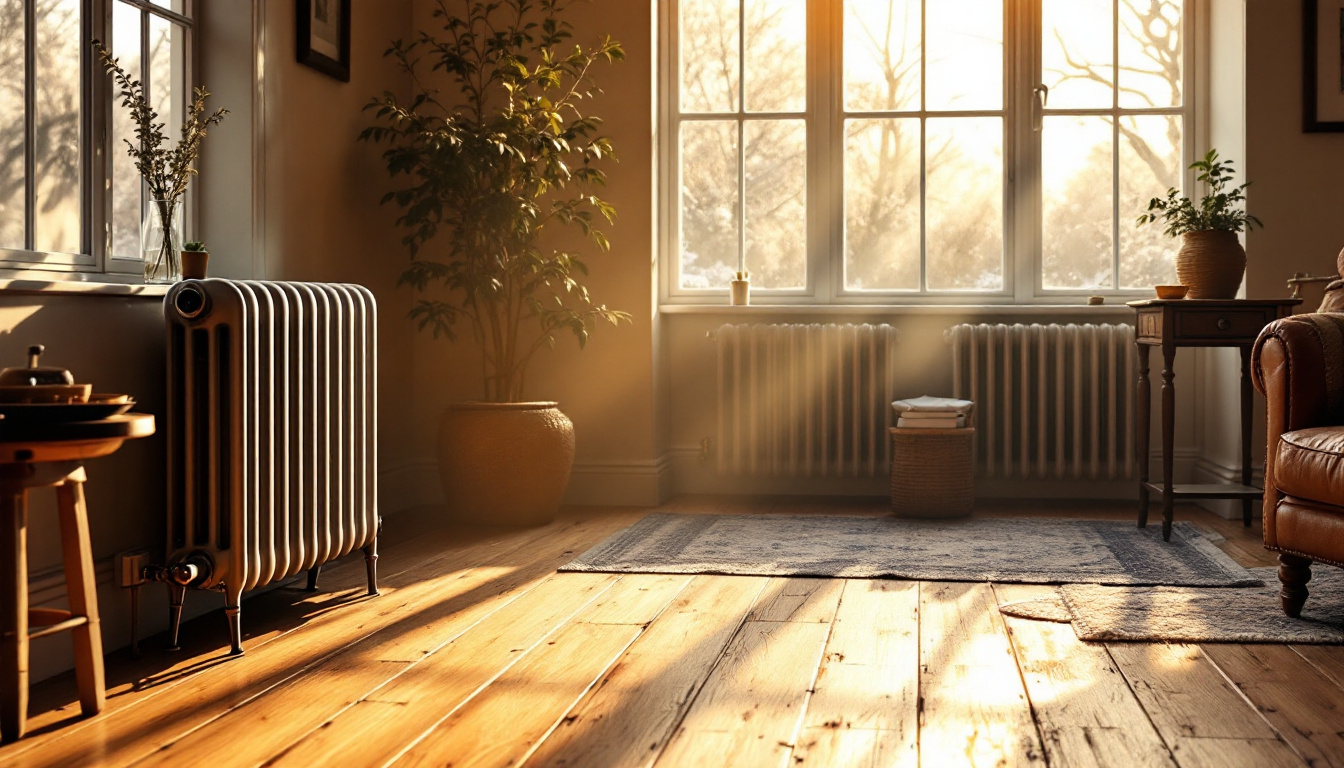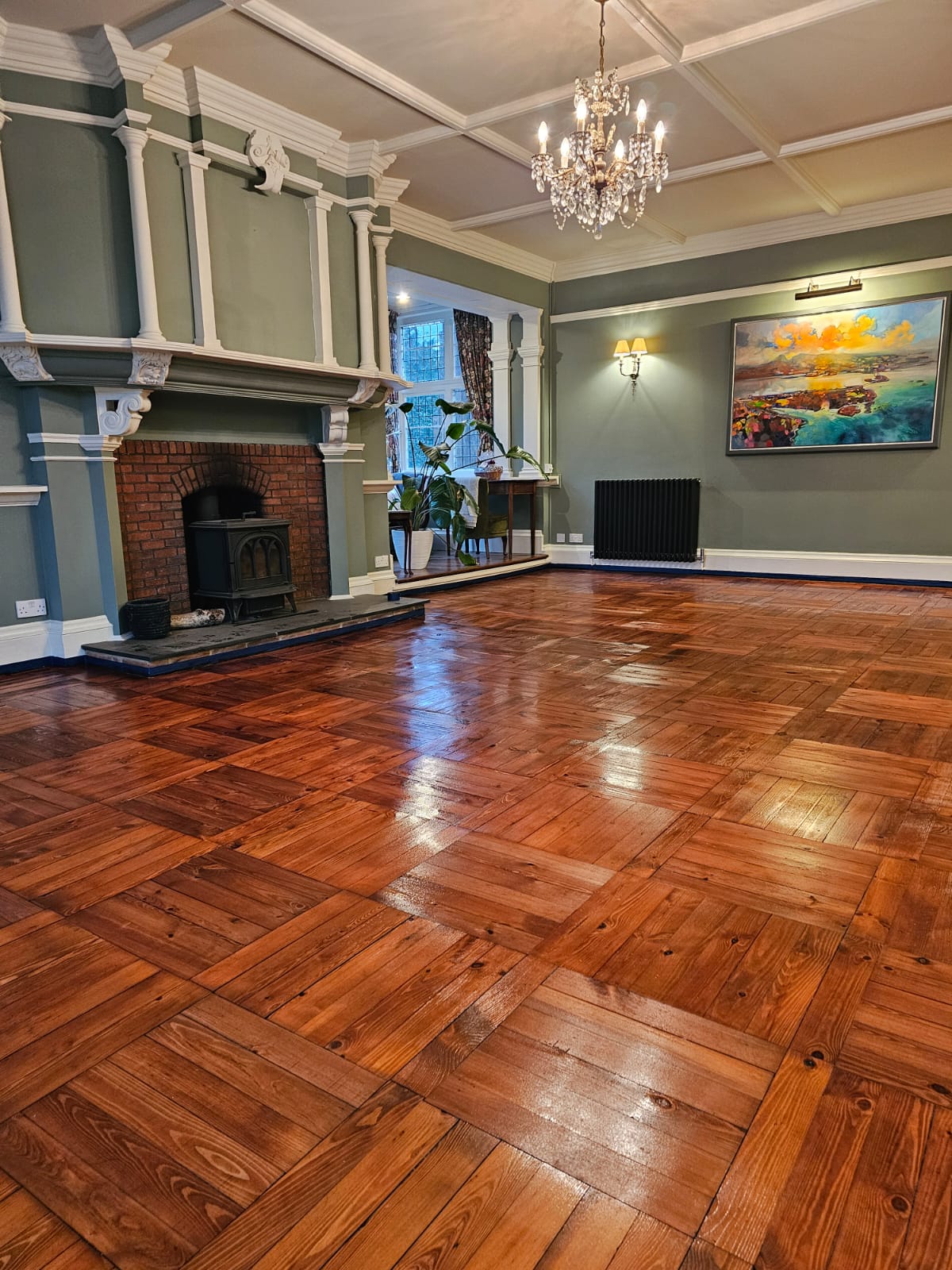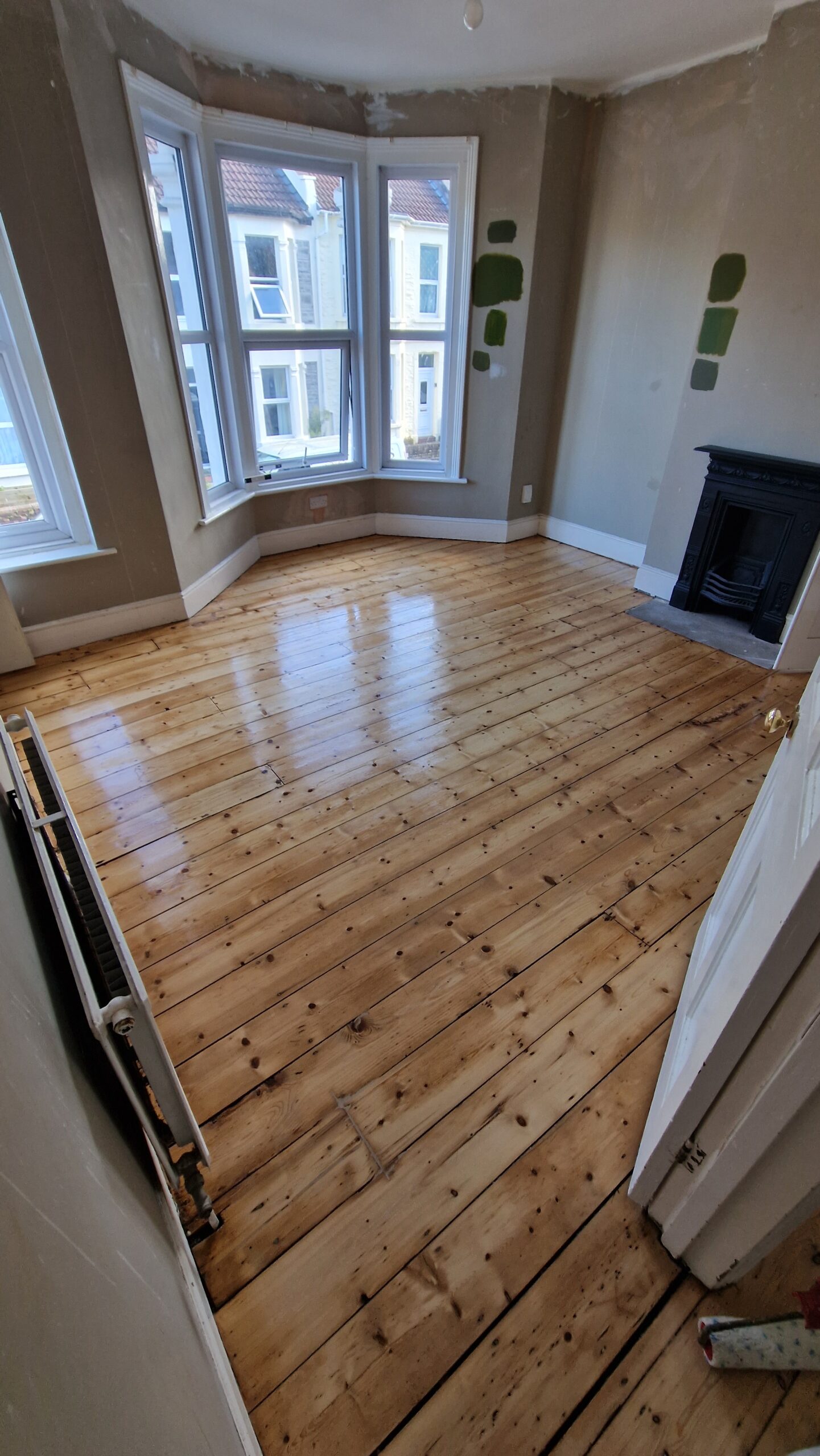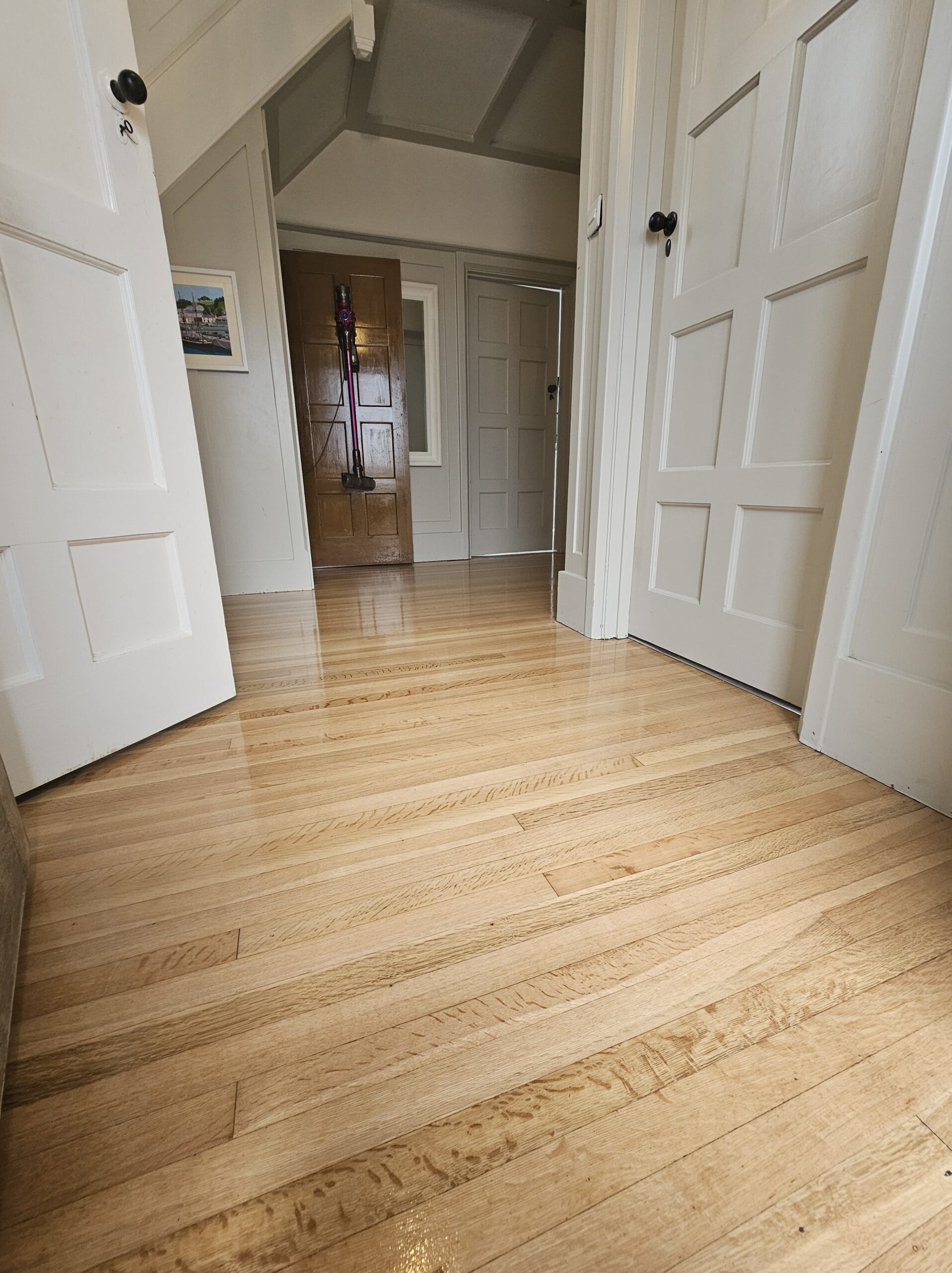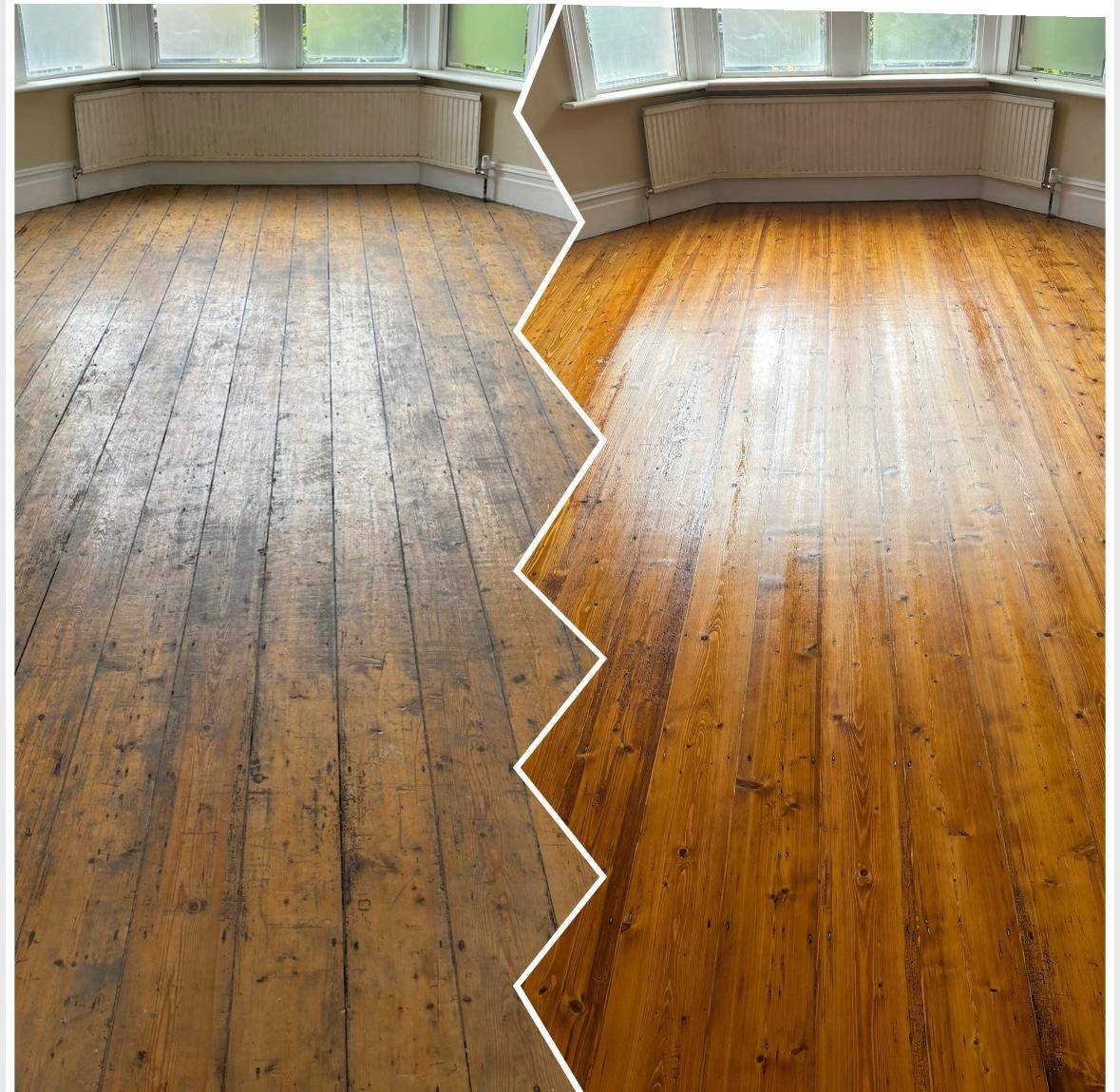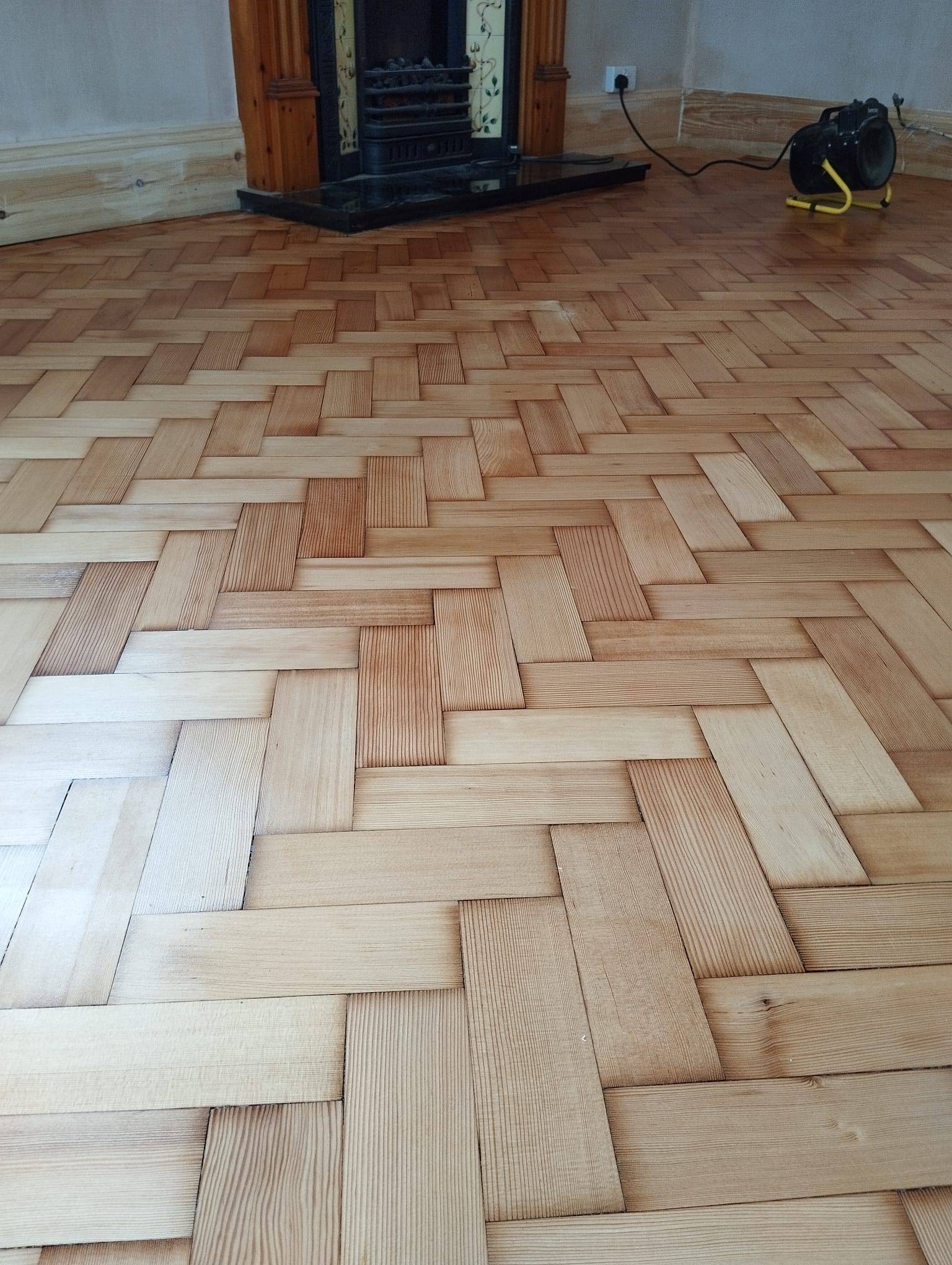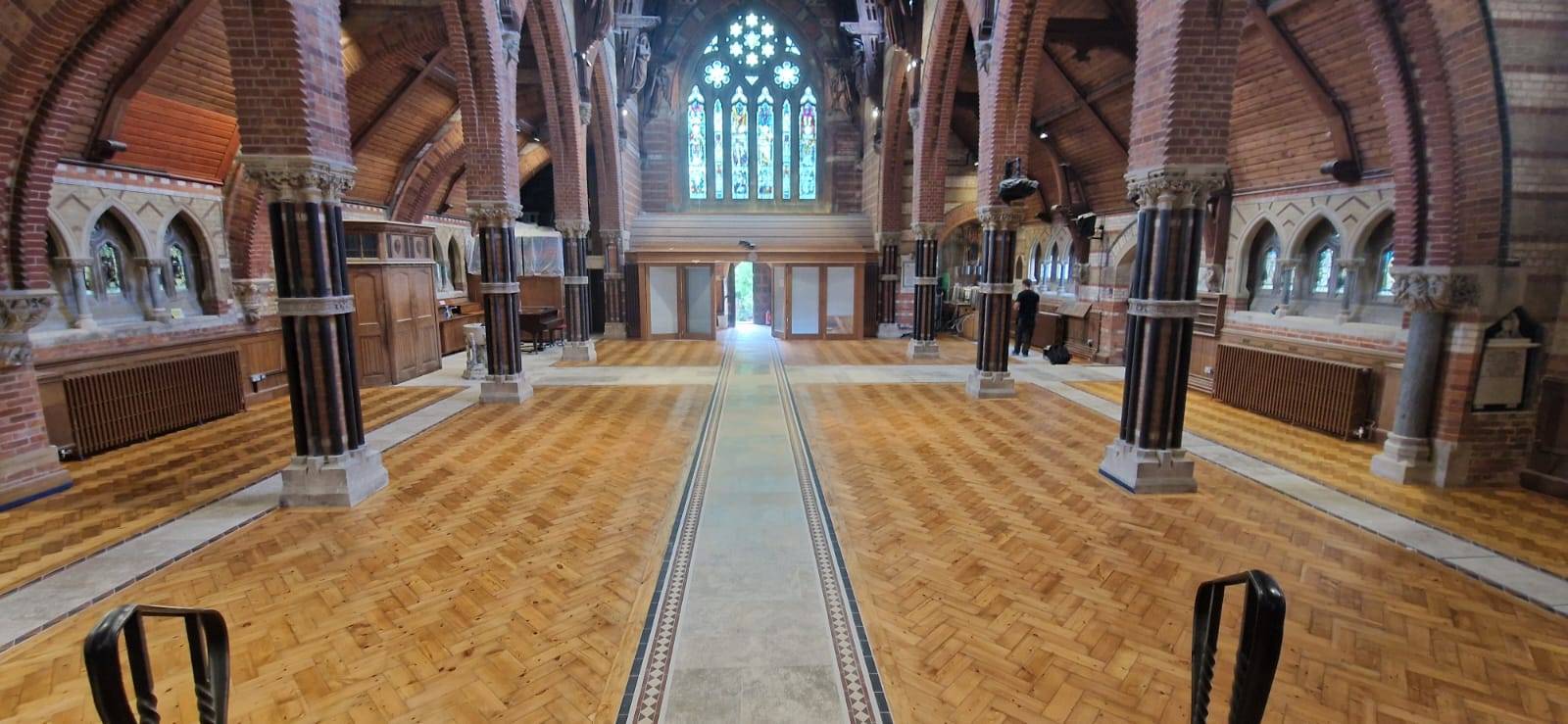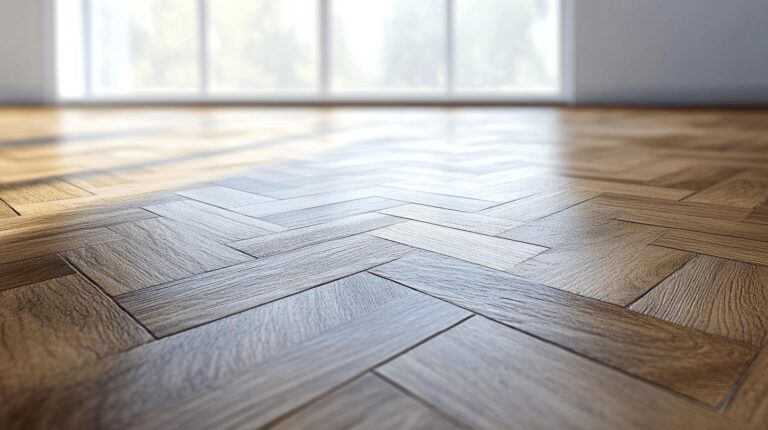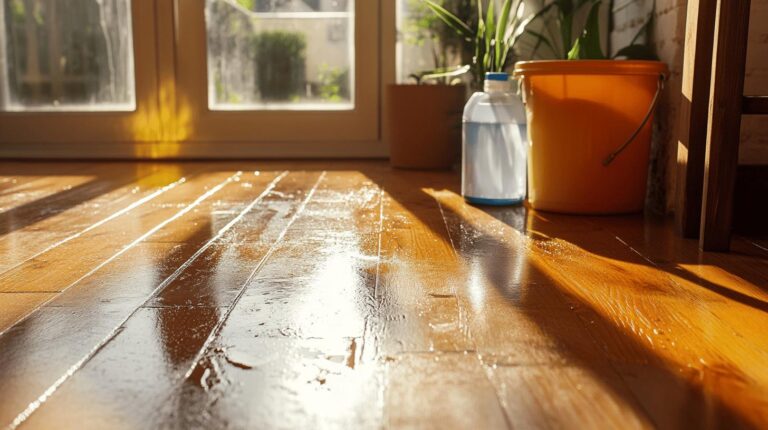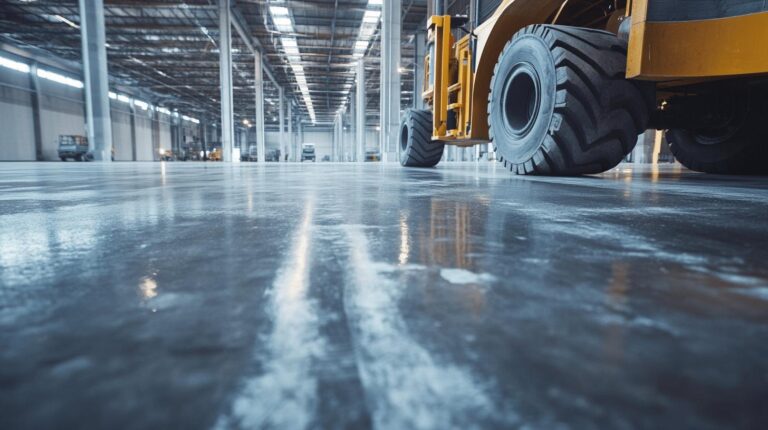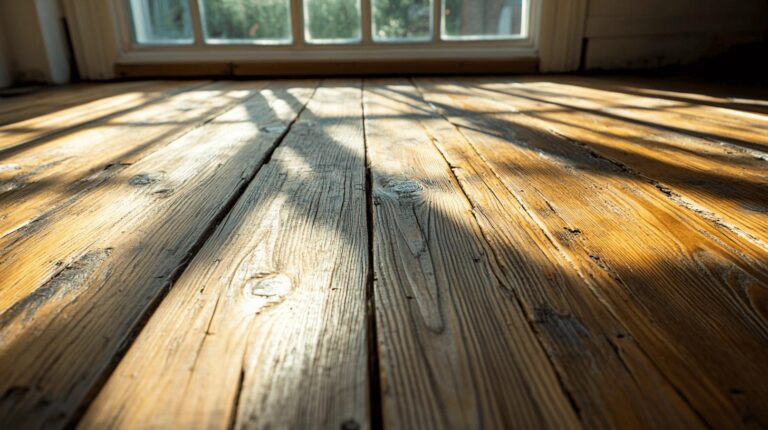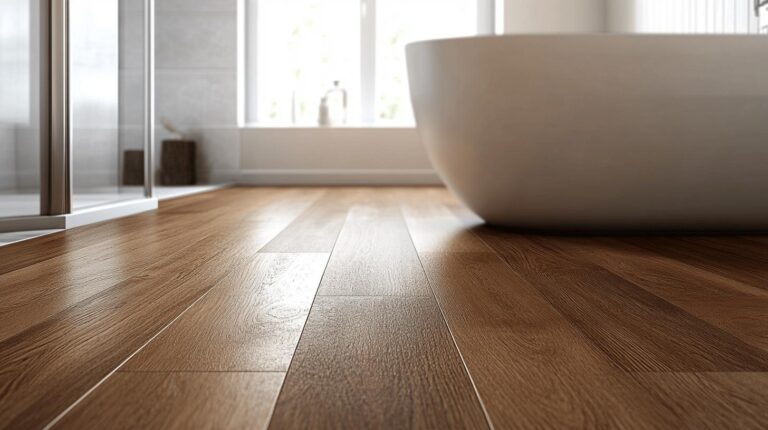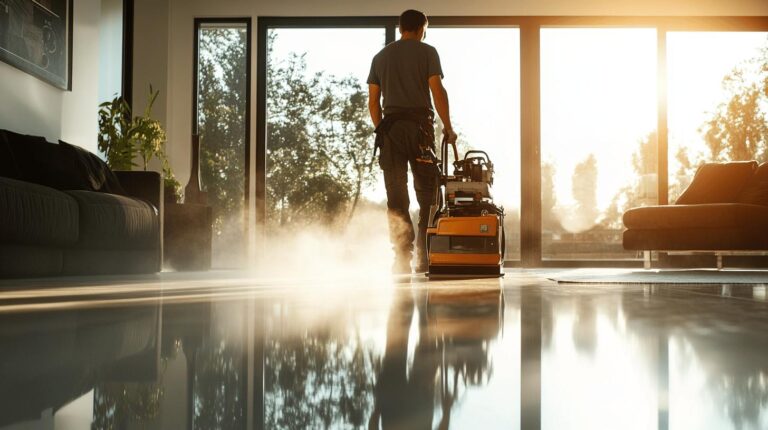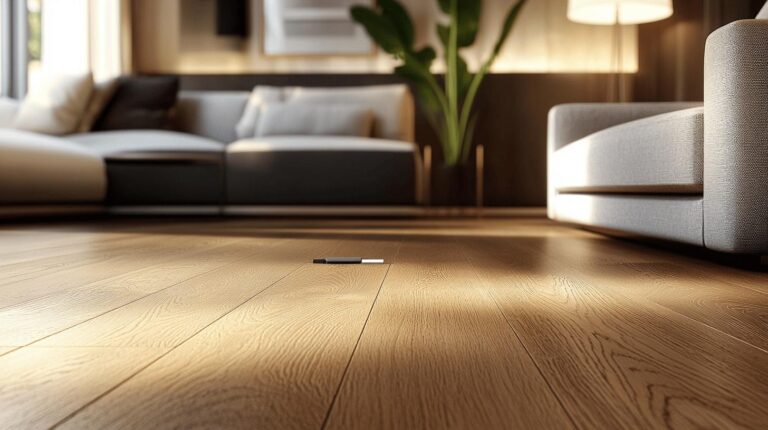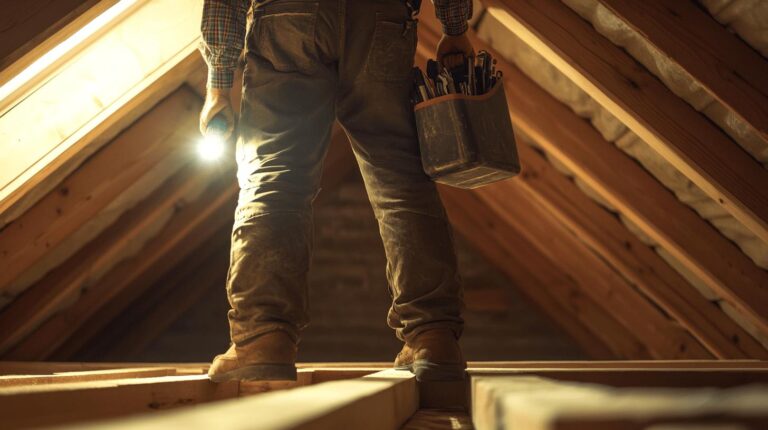Did you know that central heating could be the culprit behind your exquisite wooden floors’ gradual decline? As temperatures drop, we depend more on heating systems to maintain cosy homes, yet these same systems can inadvertently cause timber to dry out or even warp. Understanding the impact of central heating on wooden floors is crucial for homeowners looking to preserve both beauty and structural integrity. This article delves into how heating systems influence wood flooring, explores the intricacies of solid versus engineered wood, and provides essential guidance on managing these effects. Discover how to protect your floors from seasonal challenges effectively.
Understanding the Impact of Central Heating on Wooden Floors
Central heating systems significantly influence wooden floors by altering their moisture content. During the colder months, when heating is used extensively, timber floors can dry out, leading to potential warping or shrinking. This drying effect is due to the decreased humidity levels inside the home, which causes the wood to lose moisture. As a result, wooden floors may contract, leading to gaps and potential structural issues. This impact is more pronounced in areas with severe winters, where the heating is often used for extended periods.
Solid and engineered wood floors react differently to central heating. Solid wood flooring, composed of a single piece of hardwood, is particularly susceptible to warping in humid or damp conditions due to its expansive nature. On the other hand, engineered wood flooring, which consists of multiple layers of hardwood bonded over a stable base, demonstrates greater resistance to these changes. Engineered wood’s construction helps prevent significant warping and makes it a more reliable option in environments with fluctuating humidity and temperature levels.
- Wood expands in warm, damp conditions and contracts in cold, dry conditions.
- The hygroscopic nature of wood means it absorbs and releases moisture based on the surrounding environment.
- Changes in humidity levels can cause wood to swell or shrink.
- Maintaining stable indoor conditions helps mitigate the extent of wood movement.
Understanding these effects is crucial for maintaining wooden floors. Recognising how central heating impacts wood can aid in implementing effective care strategies. Proper floor maintenance includes controlling indoor humidity and temperature to reduce the adverse effects of central heating. By managing these environmental factors, homeowners can extend the lifespan of their wooden floors and preserve their aesthetic appeal.
Seasonal Adjustments for Maintaining Wooden Floors
Wooden floors are sensitive to seasonal changes in temperature and humidity, which can lead to expansion and contraction. These fluctuations may cause gaps, warping, or other structural issues if not properly managed. Therefore, implementing seasonal adjustments is essential to protect the integrity and appearance of wooden floors. By controlling indoor conditions, you can minimise the adverse effects that arise from these environmental changes.
Temperature and Humidity Controls
To maintain the optimal indoor climate for wooden floors, it is crucial to regulate both temperature and humidity levels. Keeping humidity between 45 and 60 per cent is advisable to prevent excessive contraction or expansion of the wood. Additionally, maintaining a temperature range of 18 to 25 degrees Celsius ensures that the floors remain stable and less prone to damage. These conditions help to mitigate the impact of central heating, which can otherwise create an overly dry environment during colder months.
Specific Seasonal Practices
Several practical measures can be adopted to safeguard wooden floors throughout different seasons. One effective method is the use of humidifiers during winter to counteract the drying effect of central heating. This helps maintain adequate moisture levels in the air, reducing the risk of shrinkage and gaps. Additionally, choosing narrower boards can be beneficial, as they tend to shrink less than wider ones, thereby limiting visible gaps. These practices are part of a comprehensive approach to maintaining wooden floors through seasonal changes.
| Season | Humidity Level | Temperature Range |
|---|---|---|
| Winter | 45-60% | 18-22°C |
| Spring | 45-60% | 18-22°C |
| Summer | 45-60% | 20-25°C |
| Autumn | 45-60% | 18-22°C |
Preventive Measures and Maintenance Practices
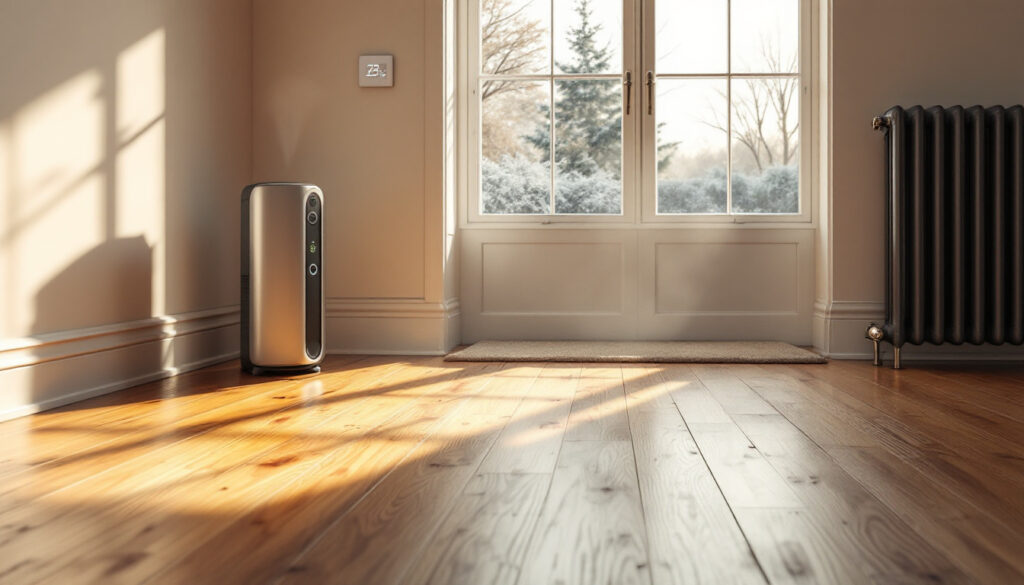
Proper maintenance of wooden floors is essential to counteract the drying effects of central heating. Regularly monitoring and adjusting the indoor environment can significantly reduce the risk of warping and maintain the floor’s structural integrity. One of the most effective strategies is to maintain consistent humidity levels between 45 and 60 per cent and ensure the ambient temperature remains within an optimal range. This creates a stable atmosphere that minimises the expansion and contraction of wood, thereby prolonging its lifespan and preserving its appearance.
- Use programmable humidifiers to maintain consistent humidity levels.
- Place indoor plants to naturally increase humidity and balance the indoor climate.
- Employ damp cloths on radiators to add moisture to the air during heating.
- Ensure proper ventilation to allow for air circulation and prevent excessive dryness.
- Acclimatise wooden boards to room conditions for at least two weeks before installation.
- Regularly check for signs of moisture imbalance and adjust environment controls accordingly.
Importance of Professional Installation
Professional installation of wooden floors is crucial in preventing long-term issues related to central heating. Experienced installers ensure that floorboards are acclimatised to the room’s conditions, reducing the risk of subsequent warping or gaps. The acclimatisation process involves leaving the boards in the installation area for a minimum of two weeks, allowing them to adjust to temperature and humidity levels. This preparation is vital for achieving a stable and durable floor that withstands seasonal changes and central heating effects.
The role of ventilation is paramount in maintaining the health of wooden floors. Adequate ventilation prevents the build-up of dry air, which can cause the wood to lose moisture and shrink. By facilitating air circulation, it helps maintain the necessary moisture balance within the home. This balance is essential for preventing the wood from contracting excessively, thereby reducing the likelihood of developing gaps or warping. Effective ventilation, combined with other maintenance practices, ensures the long-term preservation of wooden floors.
Identifying and Addressing Signs of Damage
Central heating can cause wooden floors to shrink, resulting in noticeable gaps between floorboards. These gaps typically occur during colder months when heating systems are in constant use, drying the air and reducing the wood’s moisture content. Warping is another common issue, where the boards may bend or twist due to uneven moisture levels. Recognising these signs early is essential for maintaining the durability and aesthetic integrity of wooden floors.
Regular inspections are crucial to identify potential damage caused by central heating before it becomes severe. Homeowners should routinely check for any changes in the floor’s appearance or structure, such as gaps or warped boards. Early detection allows for timely intervention, preventing further deterioration and avoiding costly repairs. Consistent monitoring ensures that any issues are addressed promptly, thereby extending the lifespan of the wooden floors.
- Acclimatise boards to room conditions for at least two weeks before installation.
- Choose wood species with lower contraction rates, like oak, to minimise shrinking.
- Maintain consistent indoor humidity levels to prevent excessive drying.
- Use area rugs or carpets to protect high-traffic areas from direct heating.
- Install a humidifier to add moisture to the air during heating seasons.
Implementing these solutions can effectively mitigate the adverse effects of central heating on wooden floors. By addressing the root causes of damage, such as humidity fluctuations and improper wood selection, homeowners can preserve the floors’ condition and enhance their overall durability.
Choosing the Right Heating System for Wooden Floors
Selecting an appropriate heating system for wooden floors involves careful consideration of how different systems interact with timber. Central heating can cause wood to dry out, leading to potential warping or gaps. Therefore, it is crucial to choose a system that maintains stable indoor humidity and temperature levels. Homeowners should assess the compatibility of the heating system with the type of wood flooring, as solid wood and engineered wood respond differently to temperature and humidity changes.
Underfloor heating is a popular choice due to its ability to evenly distribute heat, offering energy cost savings and creating a comfortable environment. However, it is essential to recognise that underfloor heating can exacerbate issues like drying and shrinking if not correctly managed. The key to successful integration with wooden floors is ensuring the heating system is set at a moderate temperature and that humidity levels are consistently monitored to prevent excessive drying of the wood.
- Evaluate the type of wood flooring to ensure compatibility with the chosen heating system.
- Consider the long-term maintenance requirements to manage humidity and temperature effectively.
- Assess the overall energy efficiency and cost implications of the heating system.
Final Words
Navigating the effects of central heating on wooden floors involves understanding the unique nature of wood and its interaction with indoor climates. Central heating can lead to drying and warping in timber, making it crucial to manage temperature and humidity effectively. Natural contractions and expansions require thoughtful seasonal adjustments. By maintaining optimal conditions, employing preventive measures, and choosing appropriate heating systems, the longevity and beauty of wooden floors can be preserved. Embracing these practices ensures that the impact of central heating is managed wisely, enhancing both the aesthetic and functional value of any home.
FAQ
Q: Does heat affect wood floors?
A: Yes, heat can cause wood floors to dry out and warp, especially in colder months. This is due to wood’s hygroscopic nature, meaning it absorbs and releases moisture in response to temperature changes.
Q: Is it normal for wood floors to separate in winter?
A: It is normal for wood floors to separate in winter due to contracting in cold, dry conditions. Maintaining a humidity level of 45-60% can help minimise these gaps.
Q: How much heat is lost through a wooden floor?
A: The heat loss through a wooden floor varies based on insulation and flooring type. Insufficient insulation can lead to significant energy loss, but specific figures depend on various factors including floor construction.
Q: What temperature should hardwood floors be acclimated to?
A: Hardwood floors should be acclimated to a temperature range of 18-25 degrees Celsius to prevent warping and ensure stability. Proper acclimatisation is crucial before installation.
